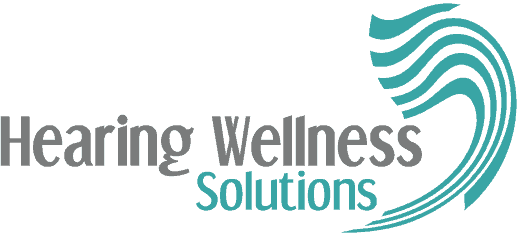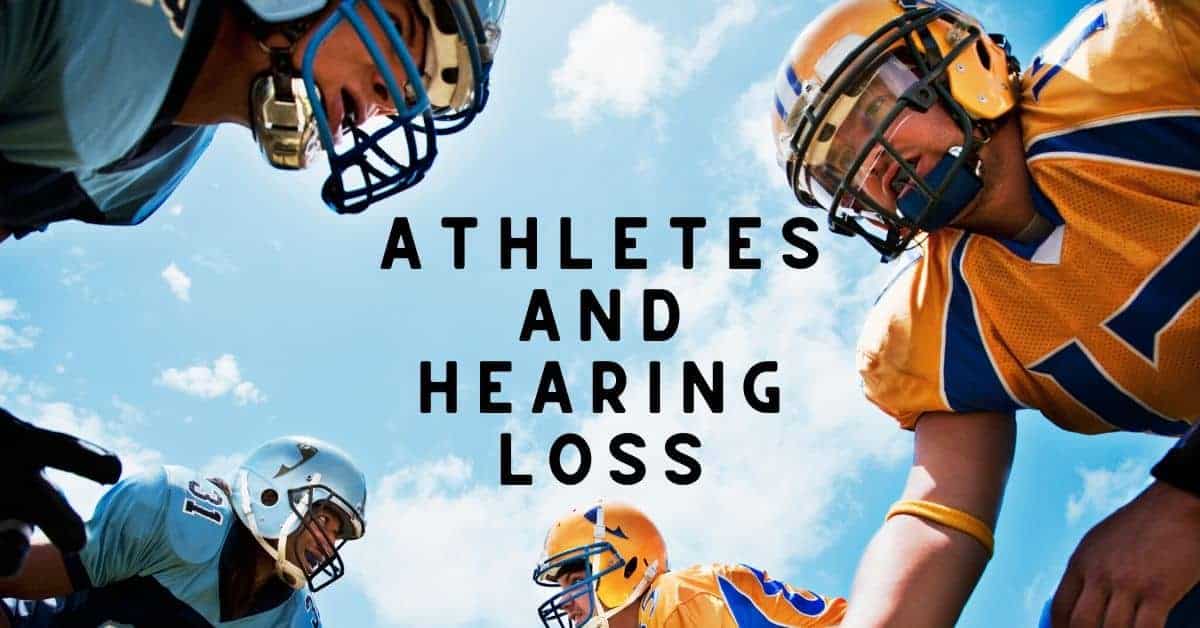Sports do more than allow athletic and talented people to compete against each other. They entertain us, they bring communities of diverse individuals together for a common cause, they inspire us, and they give us something to look forward to each week or each season.
It is no surprise that sports are a very important part of our communities and our culture. Whether we are athletes ourselves or just spectators, it is important to consider hearing health when enjoying our favorite sports.
Athletes may be at a greater risk of developing hearing loss and tinnitus than the general population.
Many experts agree that there is strong evidence to suggest that athletes may be at a higher risk of developing hearing loss and tinnitus than their peers who do not participate in contact sports. The two most commonly cited reasons for this increased risk are noise exposure and head trauma.
Athletes and noise exposure
Stadiums and arenas are loud. In fact, in 2014 the Chiefs set a Guinness World Record for the loudest noise lever ever reached in a football stadium, ringing in at a deafening 142.2 decibels. To put this into perspective, this is louder than a jet engine takeoff or a gunshot. Even a few seconds of exposure to noises this loud has the potential to cause permanent hearing loss.
Sounds this loud are not typical at every sporting event, however, basketball, baseball, and football are still extremely noisy. The average football game rings in at a consistent 80-90 decibels, which is dangerous after only about 30 minutes of exposure. Because they are inside, hockey and basketball arenas typically ring in even louder.
Exposure to noise at this level has the potential to cause permanent hearing damage, especially when one is exposed to the sounds over and over again for an extended period of time. For athletes who are exposed to these noise levels gave after game, season after season, it is easy to see how they might be more at risk of developing noise-induced hearing loss.
Athletes and head trauma
Athletes in contact sports such as football, hockey, water polo, and cheerleading are at a much higher risk of experiencing head trauma and concussions than the general population. A survey of retired NFL players from the Washington Post found that nine in ten (90%) of former players reported having experienced a concussion during their career, with six in ten (60%) reporting three or more concussions. Concussions are never a good thing, as they can cause a myriad of issues from depression to dementia, to hearing loss and tinnitus.
During concussion, an athlete’s brain will actually shake and wiggle inside of their skull, causing damage to surrounding nerves. When this damage occurs to the auditory nerves, permanent hearing loss or tinnitus can occur. Healthy auditory nerves are paramount for proper hearing because they are responsible for bringing electrical signals to our brain and then for processing these signals into sounds we can understand and interpret. On top of this, a good blow to the head can also damage the tiny hair-like cells in our inner ear that are responsible for transmitting sound waves into electrical signals and sending these signals to the auditory nerve. These delicate cells do not have the ability to regenerate or heal, so once they are damaged, so in your hearing.
Fans and stadium employees are also at risk of developing hearing loss and tinnitus.
While most stadium employees and fans are not experiencing concussions during games, they are very much exposed to the excess noises of the stadium. Whether you are a season ticket holder or only attend sporting events every once in a while, it is still good practice to use hearing protection at these games. With hearing protection, fans are able to enjoy the game while hearing their friends around them, but without exposing their ears to the dangerous and damaging noise levels.
Sports fans can purchase cheap ear plugs at most pharmacies. For more avid fans, custom hearing protection is an excellent option. Custom hearing protection is ear plugs that are molded to fit perfectly inside of your ear canal, ensuring the greatest in both comfort and effectiveness.


